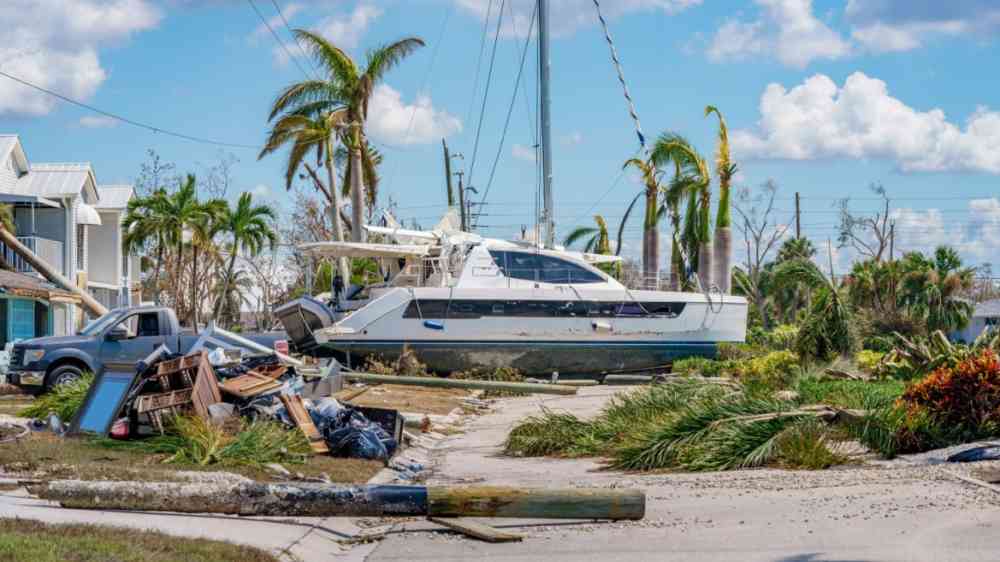
Nat cat falls three positions, overshadowed by seemingly more pressing developments on the risk landscape, but there is no room for complacency, as events in 2022 showed single events continue to cause losses in the billions of dollars.
This article is part of the Allianz Risk Barometer 2023
The most important business risks for the next 12 months and beyond, based on the insight of 2,712 risk management experts from 94 countries and territories.
Perhaps the drop in rankings for nat cat is no surprise – war in Ukraine, an energy crisis, and the fallout from the Covid-19 pandemic, including inflation and supply chain disruptions, have tested business resources and commanded attention.
Although, the Atlantic hurricane season for 2022 was near average after six years of above-average activity, estimates show insured losses from natural catastrophes continue to be above the 10-year average of $81bn, at $115bn [1].Hurricane Ian, which struck Florida in September, was the year’s costliest nat cat event, with an estimated insured loss of $50-$65bn, which would rank as the second costliest hurricane of all-time.
Other notable events included widespread flooding across South Asia from January to October which led to the deaths of over 3,500 people, the devastating heatwaves suffered by Europe and China in the sixth warmest July and August since 1880 [2], while winter storms in Europe at the beginning of the year and in the US at the end of it, both incurred billions of dollars of insured losses.
As a reminder that secondary perils are not to be underestimated, France suffered record-breaking hailstorms, which are expected to cost the insurance industry $6bn-$8bn [3], while floods in eastern Australia resulted in insured losses around $4bn [4], the country’s costliest ever nat cat.
“This year’s lower ranking for nat cat illustrates how it can recede from public awareness when other events dominate the headlines, as it can be influenced by longer-term processes such as climate change, ” says Mabé Villar Vega, Catastrophe Risk Research Analyst at AGCS. “It is important for it to stay high on companies’ risk agendas, with business continuity plans remaining updated and tested, even in times of economic or geopolitical turbulence.”
Villar Vega notes nat cat remains in the top three risks for Asia Pacific while climate change is a top four risk in Africa/Middle East: “These regions are frequently exposed to different types of natural catastrophe, including meteorological, geophysical, climatological and hydrological. “However, they suffer a large ‘protection gap’ – the difference between total and insured losses. This is 92% in Asia [5], compared to 70% in the US and Western Europe. In Africa, insurance penetration is seldom above 1% of national GDP [6]. The combination of low insurance coverage and high hazard has ensured nat cat remains a priority business risk in those regions.“
The shortfall in protection represents an opportunity for insurers to close this gap and help to build more resilient societies in vulnerable regions for the future,” Villar Vega concludes.